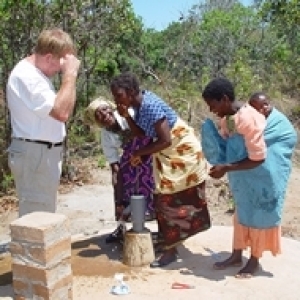Helping the poorest to help themselves
2nd September 2020
NTCHENACHENA FOREST REPORT
Today seed distribution did not occur due to another funeral that happened this other part of the area, so we have delayed until tomorrow to distribute more seeds.
The work that we did today was monitoring nurseries
Today the following clubs have been monitored:
1. Wenera club
Gps 104343, 340241.
2.Lula cdss club
Gps 104338, 340253.
3.Mkondowe club
Gps 104350, 340213.
4.Seed Malawi Club
Gps 104349, 340213.
5. Kondwani club
Gps 104344, 340151.
6.Bumbakumphepo club
Gps 104334, 340151.
7.Kawatwa club
Gps 104327, 340146.
8. Mwalamila club
Gps 104337, 340207.
OBSERVATION.
It is pleasing that all the nurseries are fenced-in as we advised them and near to a water source for easy watering.
Also no club has kept seeds and tubes at home, they have all been planted.
The area has got 46 clubs and since yesterday we have monitored 21 club nurseries. Another observation is that most of the indigenous seeds are yet to germinate which sometimes is a slow process and some tubes have just been potted and they will sow the indigenous seeds we have brought. The coordinator of this area namely Zizwani Msisya is helping and all clubs are following to all the instructions we taught them on how to sow the these seeds.
Thanks. Lovemore
Since we focused on planting indigenous trees this year the really serious work has been to find seeds, suitable for growing the wide range of Climate, Altitude and Soil conditions we encounter over a large area from Central to Northern Malawi. Then we have to consider how they will benefit the poorest people imaginable who will plant these trees on their own land.
To their great credit, our team of Lovemore and Boyd have a great relationship with communities especially the older ones, extracting every little bit of information on trees that they once had. Something that has led to many discoveries of very beneficial trees in terms of their use for construction (like one, a hardwood, that has straight posles and resists attack by termites) then there are forgotten fruit trees, and many long used as medicines.
The tree in the picture is a fig tree, one of four in this area, so they will note the altitude, and all other vital conditions and bring some seeds back for research, while asking the community collect some carefully when the fruit is ripe (and eaten), so that we can buy some and they can plant more.
- 1
- 0

Comments
Sign in or get an account to comment.


